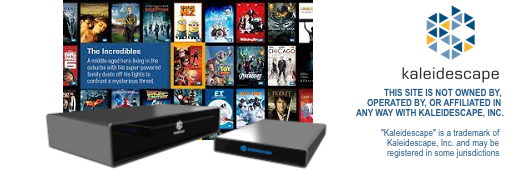Someone asked a question of me the other day that I could not answer. He wanted to know what the speed of data transfer is from server (Terra) to player (Strato). According to him there is no way a full 18Gbps signal can pass through a single Cat 5e or Cat 6 to the player. I tried to explain that the data being transferred is not the same as playing the movie via HDMI and is more a data stream to be processed and played by the Strato. I then realized that I really had no idea of what was actually happening.
Can anyone explain what data is being transferred, at (up to) what rate, and how it is all put together in the player for HDMI output? If this has been previously discussed, please post a link if you can.
Thanks,
Wayne
Can anyone explain what data is being transferred, at (up to) what rate, and how it is all put together in the player for HDMI output? If this has been previously discussed, please post a link if you can.
Thanks,
Wayne


